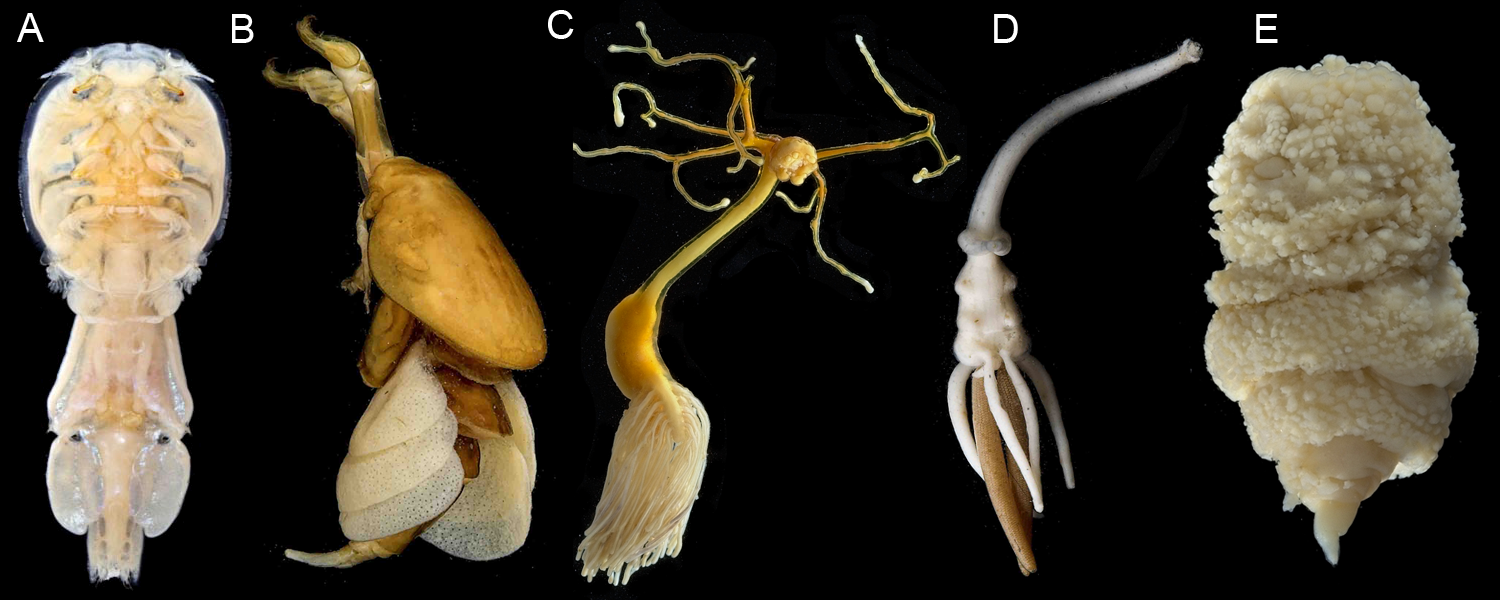Research
We study how evolution has produced the spectacular diversity of crustaceans. We are particularly interested in the evolution of parasitism, the evolution of host-associations, and morphological modifications associated with parasitic life styles. Most of our research involves three main systems:
1) Copepod systematics and the evolution of parasitism

We use copepods as a model system to study the evolution of parasitism. Copepods are a diverse group of small aquatic crustaceans that are the most abundant animals in the ocean. Most copepods are about the size and shape of a sesame seed or grain of rice, but their small size belies their essential role in ecosystems. They dominate zooplankton communities and support the majority of the world’s fisheries. Nearly 6,000 copepod species are parasitic, including several economically important pathogens in aquaculture. We use genomes, transcriptomes, and a newly developed UCE probe set to ground our research questions in a robust phylogenetic context. We combine field expeditions, advanced imaging technologies, and genomic analyses to better understand copepod diversity. In our work, we frequently discover and describe new species. We also generate new user-friendly identification keys to lower barriers of entry into copepod taxonomy and systematics.
2) Genomics and evolution of barnacles
We have ongoing work on the genomics and evolution of barnacles and their relatives, another fascinating crustacean group that includes remarkable transitions to sessile and parasitic lifestyles. You can find our recently published barnacle genome paper in GigaScience and links to all related data on NCBI.
3) Pancrustacean phylogeny
Pancrustaceans are a group of arthropods that includes familiar animals like insects, crabs, and lobsters, as well as thousands of other species with extremely varied ways of life including mantis shrimp, 12-foot wide Japanese Spider Crabs, microscopic tantulocarids, shell-incased barnacles, giant deep-sea isopods, and many others. For centuries scientists have debated how these various animals evolved, and much of this still remains a mystery today. By using large genomic and transcriptomic datasets and expanded taxon sampling, we hope to better understand their evolution and resolve this large and important branch of the tree of life. We are particularly interested in collecting rare, unsampled groups of crustaceans that can break long branches and help better resolve the phylogeny. You can see some of the latest revisions and target taxa in our recent paper in Molecular Biology and Evolution